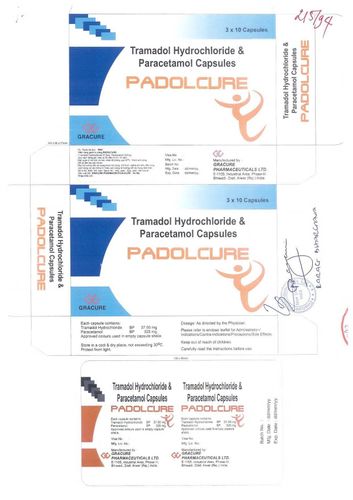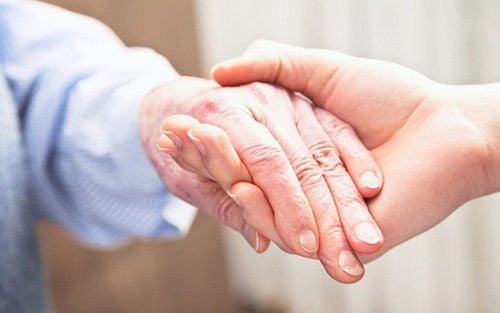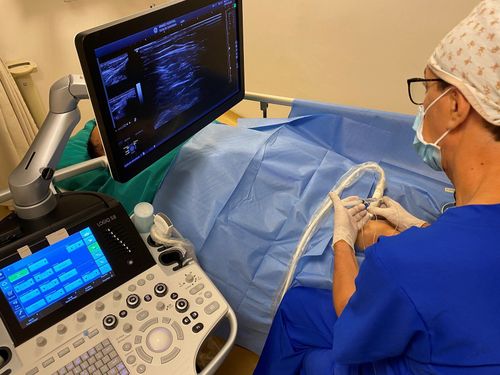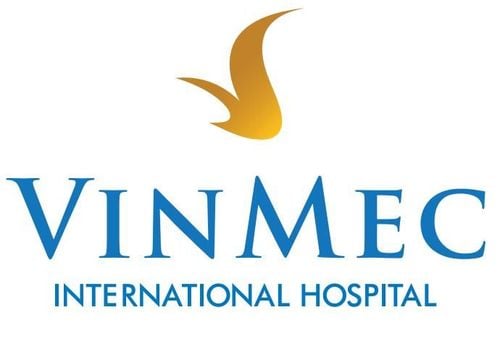This is an automatically translated article.
Posted by Doctor Bui Hanh Tam - Department of Anesthesiology and Anesthesia - Vinmec Times City International HospitalFrom the site of injury, pain signals are transmitted along nerve fibers all the way to the brain where the body can perceive pain in an area that perceives pain. The pain signal is converted throughout its journey by different systems, and the strength of the pain signal can be increased or decreased.
1. Pain is a symptom
1.1 How does the body perceive pain? A local injury, such as a burn to the hand, stimulates pain receptors. The beginning is the end of the nerve fibers sensitive to pain signals that can be found in all types of tissues: skin, muscles, and internal organs. From the site of local injury, pain signals will be transmitted through peripheral conduction systems to bring pain information to the brain. This system consists of nerve fibers of different sizes and is capable of transmitting different types of signals at different speeds:The larger the size of a nerve fiber, the faster it transmits information, usually is the type of information about the presence of local pain. The thinner the nerve fiber, the slower the conduction rate, usually the type of information related to diffuse pain. Pain signals are transmitted from the periphery to the spinal cord (located in the spine). From the spinal cord, information is transmitted to the brain. Different structures in the brain are involved, working together to decipher the location and nature of pain. This then triggers different reflexes in response to pain information it receives: for example, retracting the hand to avoid the source of the burn. Pain is a protective reflex of the body. Certain regions of the brain specialize in storing sensations and making comparisons with past experiences (known as learning). For example, feel and compare the pain sensation when being burned by different agents: fire burns, oil burns or hot water burns. Others are more emotionally specialized in pain and shape how the body responds to pain.
1.2 The body can protect itself to relieve pain Endogenous narcotic analgesics: Pain is a warning sign in favor of physical integrity but pain is also an unpleasant sensation to the body. Therefore, the body also finds a way to combat this unpleasant feeling. Since 1975, it has been known that the body can excrete pain-fighting substances. Those are endogenous Morphines (endophine, endomorphine) that inhibit pain sensation to protect the body against pain-causing damage. This is also the foundation for the development of exogenous narcotic pain relievers, also known as synthetic narcotic analgesics.

Khi bị đau, cơ thể có thể bài tiết ra các chất chống đau
2. Pain is a disease
2.1 The “gateway” hypothesis- Mechanisms of pain conduction and pain regulation Gate of control is an important concept in pain assessment and control. Pain signals are transmitted all the way through a coordination system: In the spinal cord, there is a very important filtering system, also known as the "gate". It was described under the name "gate control hypothesis" by Patrick Wall and Ronald Melzack in 1965. Pain signals are transmitted through this gate. Depending on the port is expanded more or less, the information capacity can be increased or decreased, even completely cut off. The more open the gate, the stronger the pain signal is perceived. When the door is completely closed, the pain will no longer be felt.This hypothesis allows understanding the effects of certain responses on pain sensation. For example, putting cold water on the burned area can effectively relieve pain because it triggers the closure of the portal, reducing pain information going to the brain, resulting in less pain being felt. The body's own release of endogenous narcotic analgesics to combat pain also follows the mechanism of action on the closure of this gate.
The portal hypothesis is important in the treatment of pain. To relieve pain, we can act on the gate so that the door is partially or completely closed. This hypothesis also allows to explain the sensation of pain that occurs when there is an imbalance between the pain stimulus system (the gate is easily opened, or is opened excessively) and the pain inhibitory system (weakened). gate-closing trigger system).
So it can be said that part of a pain doctor's job is to find a way to "close the gate", find out what's wrong with "opening the gate" and when "closing the gate" to help the patient quickly wave goodbye separate from pain.
Chronic pain affects 20% of the world's population. Chronic pain causes depression, anxiety, impaired life activities, increased tolerance; suffering while increasing the economic burden on the family and society. So, in May 2019, the International Classification of Diseases introduced a new version of the classification, ICD-11, where chronic pain is considered a health problem, which is a disease. Pain that lasts more than 3 months is called chronic pain. Patients with chronic pain have the right to pain treatment. People with chronic pain need access to primary care treatment like any other illness.
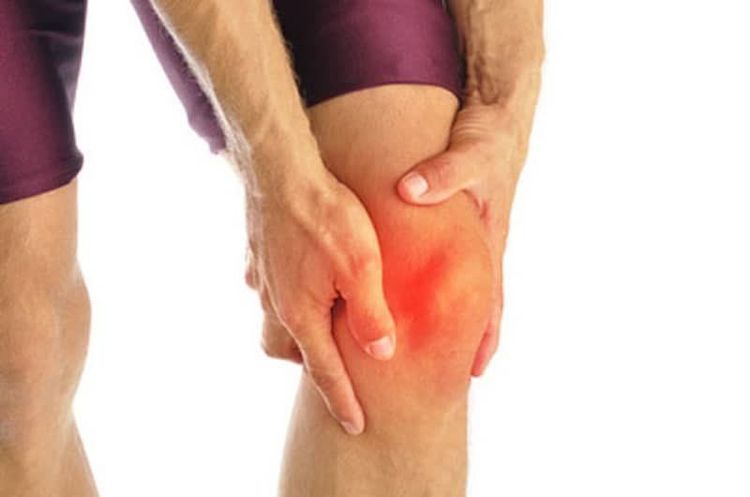
Người bị đau mạn tính cần được tiếp cận với điều trị chăm sóc ban đầu như các loại bệnh tật khác
To register for examination and treatment at Vinmec Times City International Hospital, customers can call Hotline: 0243 9743 556 or register online HERE.





